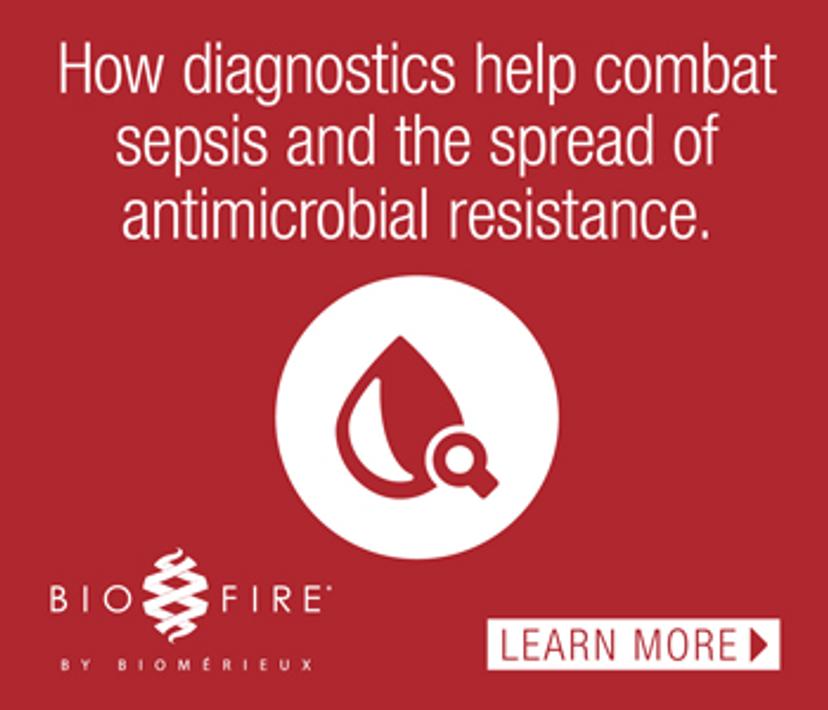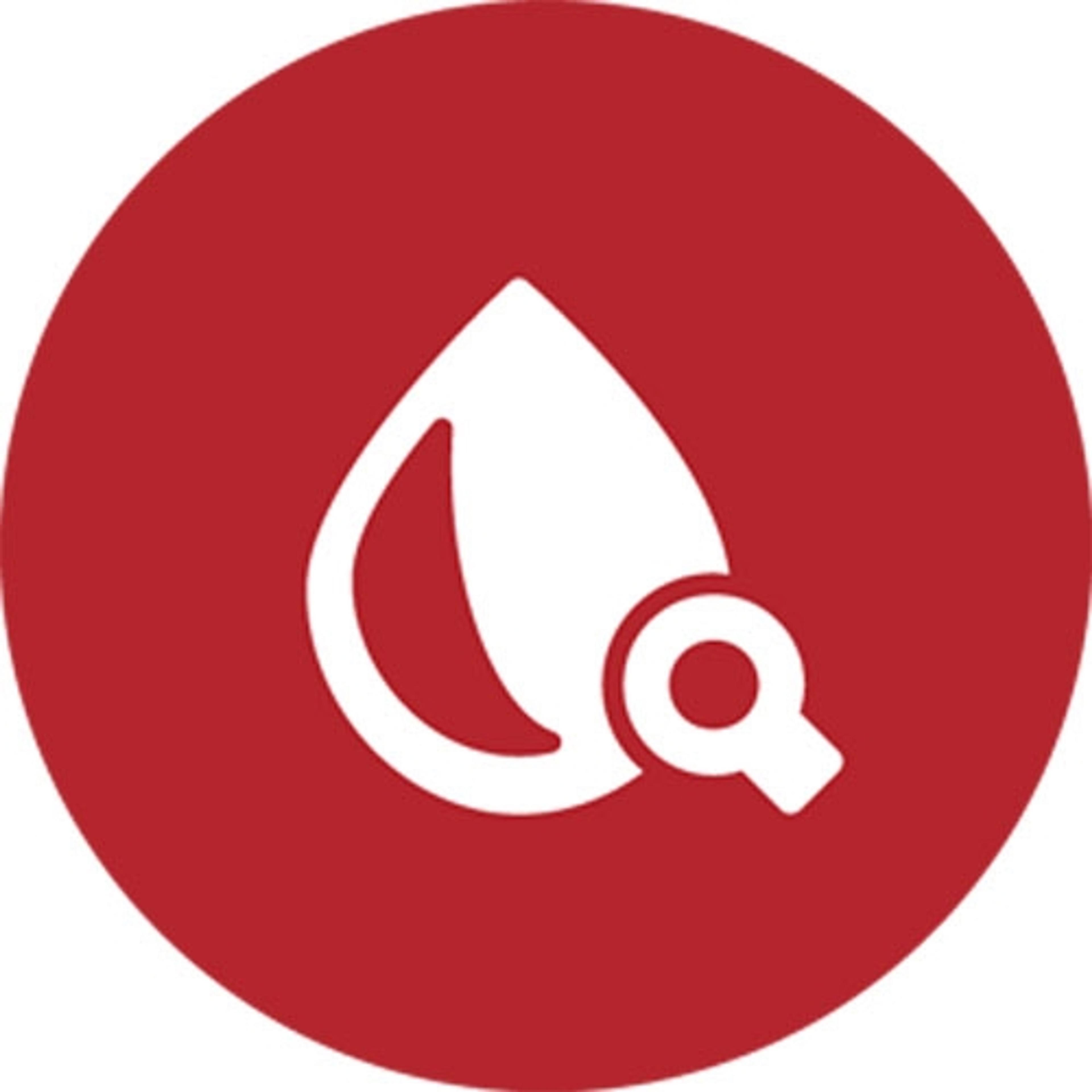Antimicrobial stewardship: Helping combat the spread of antimicrobial resistance
How blood culture diagnostics are enabling accurate pathogen identification, resistance detection, and timely therapy
9 Mar 2021

Antibiotics have become the mainstay for fighting bacterial infections in modern medicine, assuring safety in complex procedures such as organ transplants and the treatment of cancer. However, they are not without their consequences: the increased use of antimicrobials means increased risk of resistance in bacteria, fungi, and viruses. Resistance results in reduced effectiveness, leading to reduced antimicrobial benefit for future generations. To ensure that antimicrobials are used scrupulously, antimicrobial stewardship (AMS) programs are on the rise. In this interview, John Hurst, PharmD, BCIDP, Senior Director of Antimicrobial Stewardship for bioMérieux, tells us more about the importance of AMS, current practices, and challenges in the field.
A win-win balance: AMS programs
“Antimicrobial stewardship is really the balancing of benefit versus harm for patients now and for future generations,” says Hurst. AMS programs can be customized, ranging from simple guidelines and focused reporting on antibiotic prescriptions to more advanced risk-based analytics outlining predictions of treatment success with feedback on best practices.
Successful stewardship is a win-win for the stakeholders involved. Patients face fewer adverse effects and faster resolution of symptoms, and clinicians receive data-driven guidance on the use of diagnostics and prescribing patterns. In terms of infection control, AMS can help reduce the chances of outbreaks by promptly identifying conditions requiring isolation.
The promise of diagnostics
Currently, in countries such as the United States, diagnostics are key to managing infections and potentially septic conditions. “We have a core pass-fail measure called SEP-1 that is triggered by diagnostics. It involves an extremely complex series of steps that need to be completed in a three to six-hour window,” Hurst explains. “In cases where septic shock is apparent, this measure is easier to implement. However, in less severe cases, sepsis development can go undetected, making it difficult to trigger and complete the SEP-1 sequence in the appropriate timeframe.”
Among the SEP-1 sequence, a range of diagnostic tests are performed, spanning blood cultures and lactic acid tests, all of which provide essential pieces of information on how to optimize therapy for a patient. The results from these typically take a long time to process; even when reported, these results might only be uploaded into the electronic medical record rather than immediately actioned by a relevant healthcare professional. These tests are just the beginning of the journey to identify the cause of infection, which ultimately dictates how the patient will be treated.
The key to working around such challenges, asserts Hurst, is using pertinent diagnostics in an optimized order. The BioFire® Blood Culture Identification 2 (BCID2) Panel is one such enhanced diagnostic. Hurst states that in a case of suspected sepsis, two sets of blood culture are drawn from the patient, which are then incubated and monitored for pathogen growth. A positive result can take six to 24 hours to develop, after which the BioFire BCID2 Panel can be run. Compared to traditional microbiological methods that can take several days to provide results, the results from the panel can be deciphered in about an hour, quickly empowering prescribers with knowledge on which pathogens — be it bacteria or yeast — they are treating. It also provides an insight on potential antimicrobial resistance mechanisms, helping providers select the most effective antimicrobial required (antibiotics for bacteria or antifungals for yeast).

A rapid, accurate and discerning solution
The very first generation of the BioFire® FilmArray® Blood Culture Identification (BCID) Panel cut detection and diagnosis time by 24 to 48 hours. Today, the panel has built prescriber trust, with a reputation for providing accurate, rapid, and comprehensive results. These results are then cross-checked with the patient’s current therapy to help decide whether intervention is needed. This allows prescribers to withhold broad-spectrum antibiotics, instead focusing on antibiotics that are likely to have the maximum impact and the lowest resistance. “The panel detects 43 targets, including 33 pathogens and 10 antimicrobial resistance mechanisms, in about an hour after a positive blood culture,” Hurst explains. “It allows us to provide active therapy faster than ever, which is how we get patients better.”
With COVID-19, diagnostics have proven to be the go-to tool for detection and identification, especially because antibiotics are not an effective course of action for viral illnesses. “Prescribers are concerned that with rampant overuse of antibiotics, we are fanning the flames of antimicrobial resistance,” warns Hurst. “The worry is that what we might inherit on the back end of this pandemic could be far worse than what we started with.” Thus, it is crucial to discern and identify pathogens - viral versus bacterial - with diagnostic information. In fact, BioFire’s respiratory solution with SARS-CoV-2 is dedicated to just this goal. Running this panel on a COVID-19 patient can offer prompt pathogen identification, ensuring that they aren’t needlessly prescribed antibiotics and helping to safeguard antibiotics for future use.
A promising data-driven future
Hurst is confident that data will be critical for the future of AMS stewardship as healthcare becomes more connected. “The implementation and direction of AMS programs will shift to a data-driven strategy where peer comparisons and outcomes are actively monitored,” Hurst explains. “Feedback mechanisms will be driving next steps.”
His team of board-certified infectious disease pharmacists leads the way in the field, providing bioMérieux customers with diagnostic and antimicrobial stewardship consultancy services. Using a data analytics platform called CLARION™, bioMérieux’s subject matter experts walk customers through implementation and provide customization options so as to maximize product value for the users.
A lot remains to be understood in the field of microbiology— even hospital practitioners struggle with what Hurst refers to as “massive black boxes”. The BioFire BCID2 Panel is a valuable step towards not only designing the correct therapy for infections but also understanding the potential risks of antimicrobial resistance mechanisms developing. As Hurst positively concludes, “The BioFire BCID2 Panel is a game-changer for antibiotic stewardship.”

